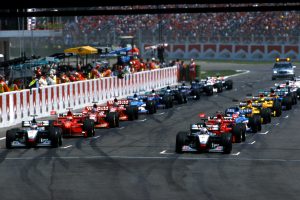Up Next

With all-new – and very different – Formula 1 regulations for 2022, there’s going to be plenty of talk about whether teams should write off this season to focus on the following year. But it’s really not that simple.
There will be very little carry-over of any of the visual parts of the car thanks to the dramatic change in technical regulations, pictured at the top of this article in one of the mock-ups issued by Formula 1 when the rules were due to come in for 2021.
But that dramatic change won’t mean that you can’t learn anything from the current cars. Any knowledge you gain will still feed into the 2022 project. That’s why bad seasons are so important for the learning curve of any Formula 1 team.
Take Haas. Its development budget was cut dramatically last year because of the financial impact of the COVID-19 pandemic, so the car didn’t change from pre-season testing to the final race.
The feeling within the team is that this season is basically a write-off, so it’s taken two rookie drivers with substantial backing and accepted it will be a difficult year knowing that 2022 is just around the corner and seemingly thinking it’s all going to be OK then. Well, I’m not so sure that’s the way it works.
You must always prove to yourself that you know what’s going on with the car and that you can react to any problems thrown at you. This means that when the regulations change, you have confidence in your understanding of the fundamentals that will allow you to move in the right direction.
I’d have wanted to experiment more last year with Haas for that reason. It wouldn’t necessarily have cost vast sums of money or paid big performance dividends but what was learned could prove essential for 2022. Even if you end up with a slower car, you are constantly learning.
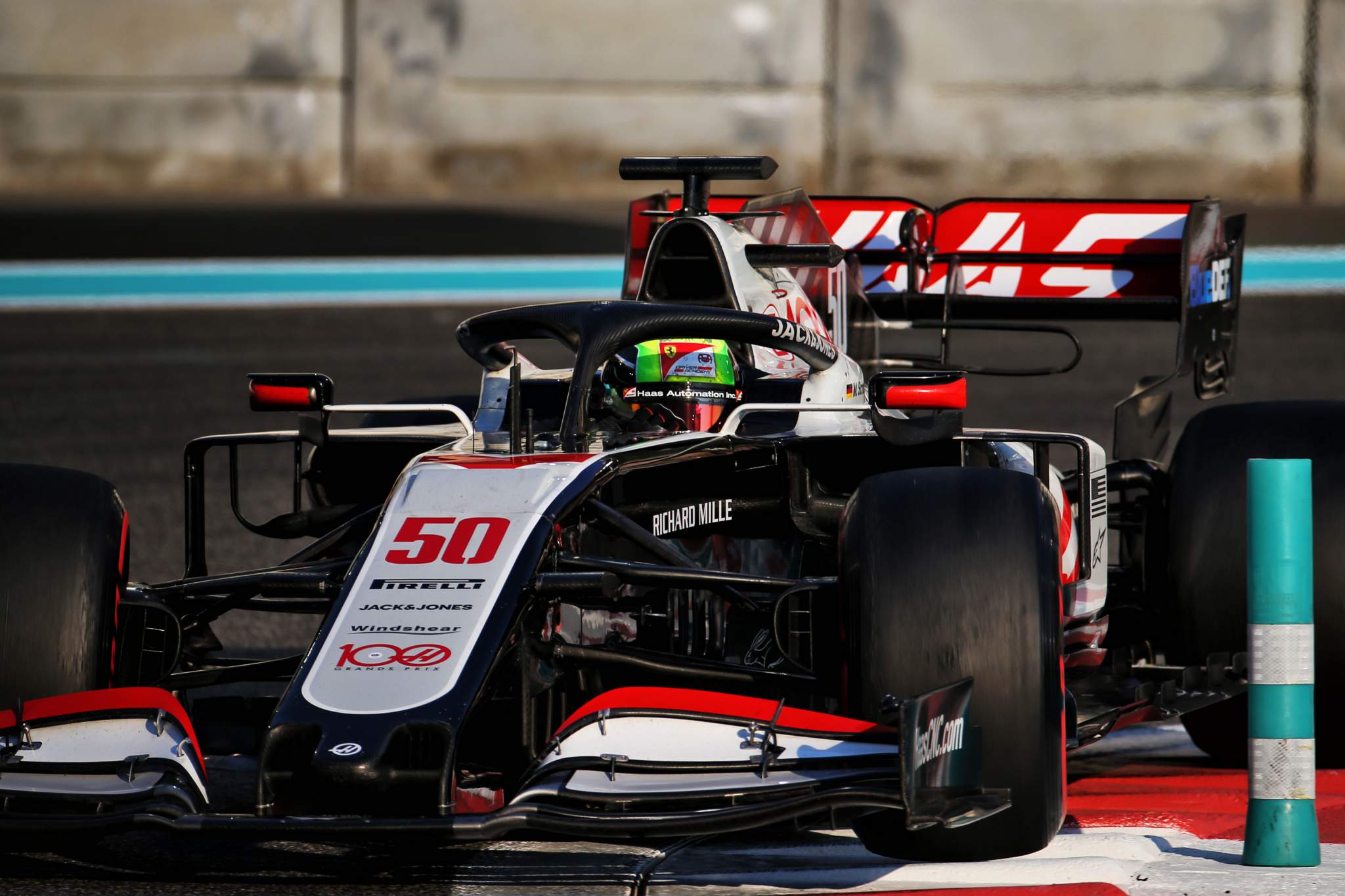
Haas is an extreme case and it will be a little different this year with aerodynamic upgrades and what is supposedly a more powerful Ferrari power unit. On top of that, there’s still plenty to learn from subtle developments during 2021.
In my time, I never felt we benefitted when we sat back and stopped experimenting. If things aren’t working, you must find out why. Look at the 1998 Jordan, which didn’t perform well at the start of the season, or at least didn’t work as we had predicted.
You dig deep into the data, realise the problem, research things in a different way, get the bits and pieces to hopefully rectify it and get them on the car. That takes time but that’s what F1 should be all about, reacting to a situation and never giving up. We expect it from our drivers, so we should expect it of ourselves.
Despite the temptation to focus entirely on the greener pastures of 2022, there actually could be an argument for switching some resources back to the current car if something needs to be investigated. In that, and indeed any, situation the big bosses must allow the technical side of the company to distribute its resources as it feel is required and judge what still needs to be learned with the current car.
No team deliberately builds a bad car. If there is rules stability then the usual steps are to make it lighter, find more downforce, improve the efficiency and increase the stiffness. As many teams have discovered, you can do all that theoretically but if it doesn’t translate to the track you will repeat the same mistakes if you can’t understand why it’s happened.
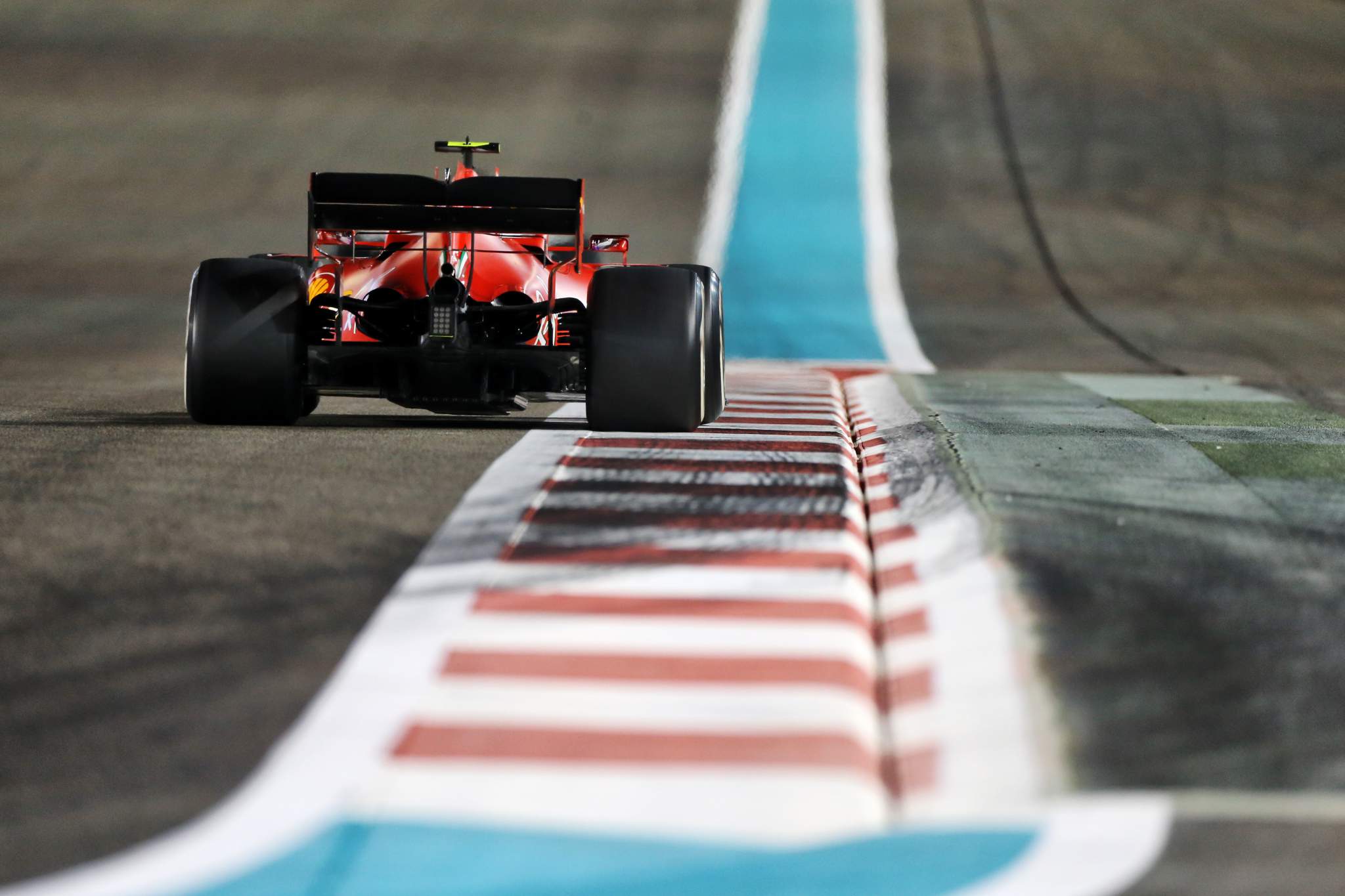
As I always say, no teams understands 100% of what makes the car quick. It can be very easy to have an inherent problem that’s covered over but rears its ugly head when you make changes, meaning you’ve stumbled into that 10-20% that you are uncertain about.
Take Racing Point for example. With its original high rake concept, as Force India it had a couple of very successful seasons – finishing fourth in the championship twice. Then that performance dropped off, partly for financial reasons but also because it was proving difficult to make gains.
For 2020, it changed the philosophy dramatically and followed the Mercedes low-rake concept. By doing this, what is now Aston Martin got back to fourth in the constructors’ standings but more importantly it learned far more than sticking with what it already knew.
No matter how big the changes in the 2022 regulations are, the car is still a projectile passing through the air at speed and generating forces. It’s how those forces get distributed around the car that is critical to its performance.
It’s not all about the maximum downforce possible, it’s about the finesse of distributing whatever load you have correctly and giving the driver confidence.
For a driver, it’s a case of ‘once bitten twice shy’ and they will drive to the ‘troughs’ of the car not the peaks, so you need consistency. The same processes will be used to achieve that whatever the rules.
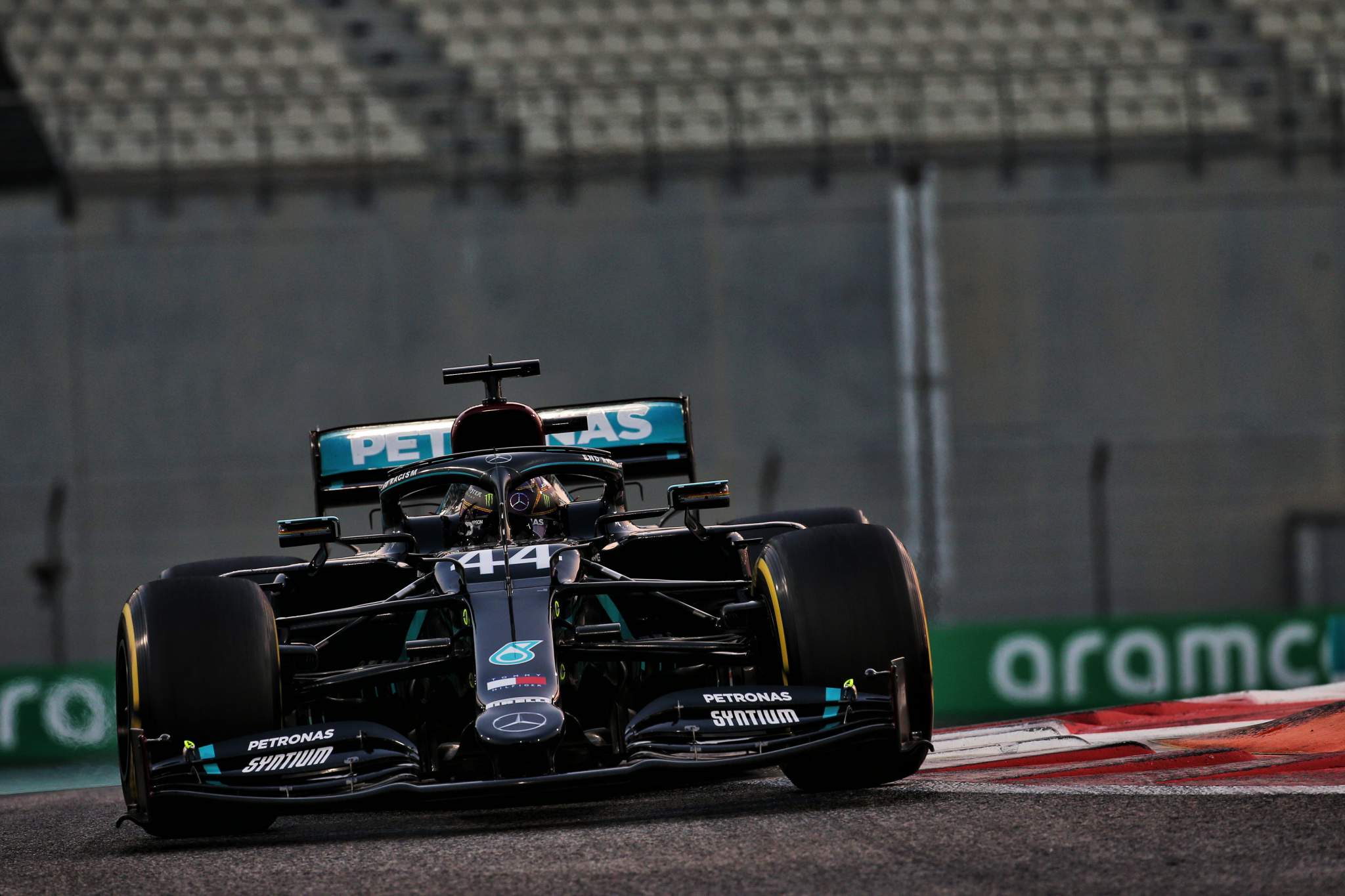
Mercedes is in the ideal position. Given the regulations stayed more or less the same from 2020 to ‘21, last year it was able to develop for the current season and the next one in parallel.
But there’s the extra complication of the set of four aero rule changes which are designed to prevent downforce levels rising this year.
Mercedes tackled those by deploying its last 2020 upgrade mid-season at Spa to focus on those changes for 2021 at the factory. That’s the ideal timing, if you have the performance cushion to allow you to still be competitive.
The situation for 2021-2022 is very different and the temptation will be to start that full changeover much earlier. But with pre-season testing now starting mid-March and the first race at the end of the month, no one will really know where they stand until perhaps the end of April.
Red Bull couldn’t do what Mercedes did last year but was right to keep developing its car to the end of the season after it showed up in pre-season testing with a package that wasn’t working as expected. By the end of the year, it was as good as a Mercedes, albeit one that hadn’t been upgraded for three months, but Red Bull will have gained a lot from that work.
This idea of concentrating on a car for the new rules and making huge gains is usually inspired by what Brawn did in 2009.

The year before, what was the Honda team neglected its 2008 car to focus on the new aerodynamic regulations but while that worked in some ways, it also led to Honda pulling out of F1.
Yes, there was economic pressure but it’s always those who are underachieving that up sticks first. If you don’t have the results, you can’t justify F1 levels of spending in the boardroom.
Teams cannot afford to take this kind of risk. Remember, Haas seemed not to be far away from disappearing before signing the new Concorde Agreement and there’s not many golden geese out there to pour millions in an F1 team.
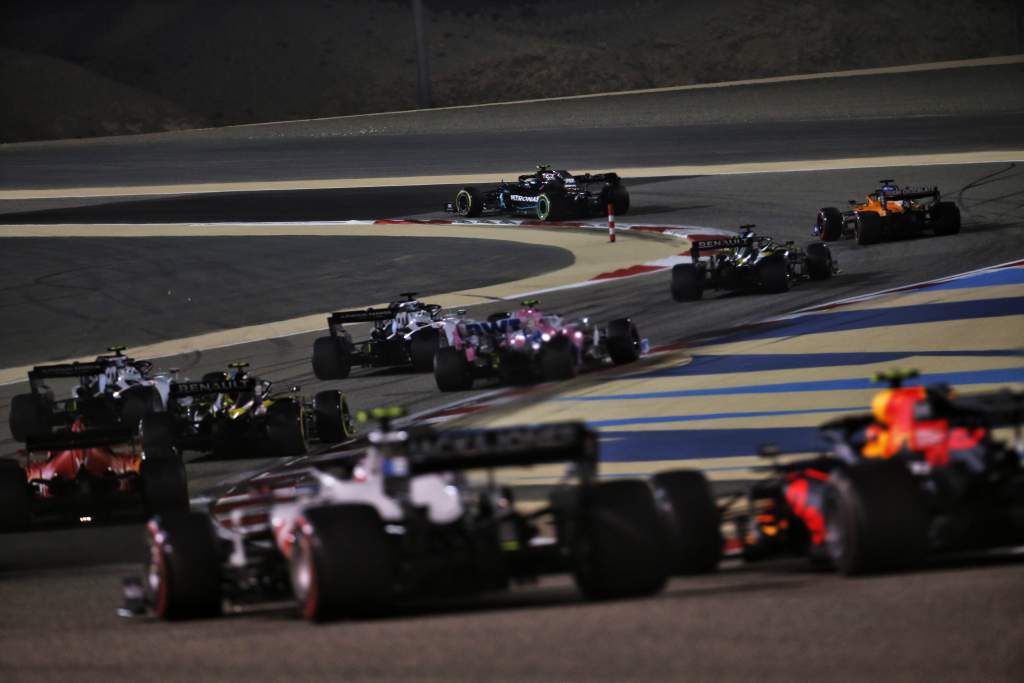
Nobody should aim to recreate what Brawn did because that was a unique situation. The team might just has easily have vanished, and the whole process didn’t exactly leave it in good shape when Mercedes took it over for 2010 and had to rebuild.
And beyond the technical side, we must also not forget that F1 teams are made up of people. Success breeds success and the reverse is also true.
If you really do give up on a season, it’s essential everyone in the company from top to bottom buys into it. If not, morale and motivation will go out the window.
So forget all this talk about writing off 2021. Teams have to be focused both on the current year and the next year and they are big enough to do so. The real challenge is who balances the two projects best.




